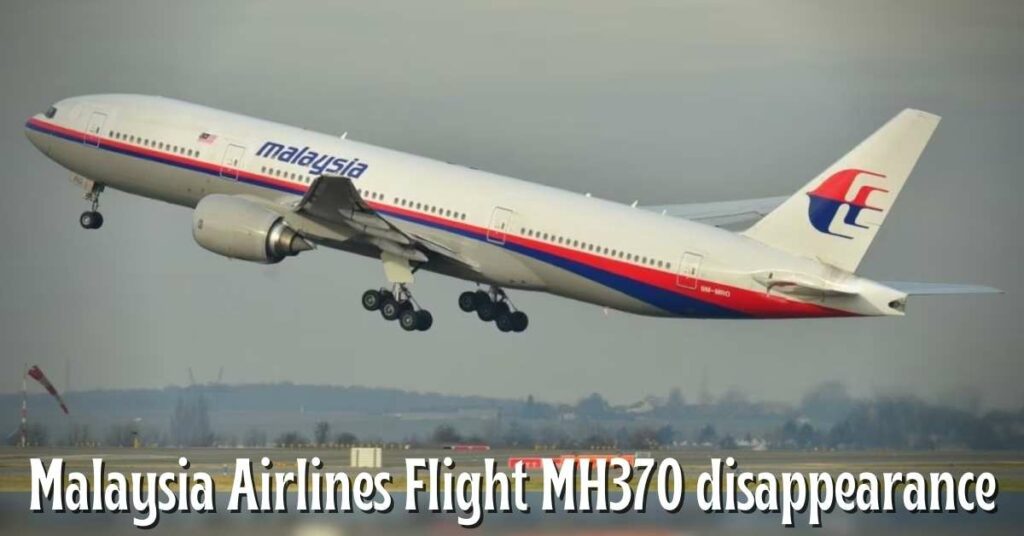The Netflix documentary MH370: The Disappeared Plane is perfect for people who believe in conspiracies. The three episodes are all about the different theories about what happened to the Malaysia Airlines flight that disappeared on March 8, 2014.
The Boeing 777 plane was flying from Kuala Lumpur International Airport in Malaysia to Beijing when, less than an hour into the trip, it disappeared from the radar and was never seen or heard from again.
According to Inmarsat satellite communication data, the plane was somewhere over the southern Indian Ocean. However, the exact location of the plane could never be found. Even though a large area of the ocean was searched for the plane, it was never found.
But 16 days after it went missing, Malaysia’s prime minister said that satellite data made it clear that the plane had crashed in the southern Indian Ocean.
BBC News says that the airline told the families of the 239 people on board that it was “beyond reasonable doubt” that no one had survived.
As the documentary showed, things that looked like they came from a commercial plane were found on the coast of Africa and on islands in the Indian Ocean. It was said that “almost certainly” the pieces came from the missing plane (via BBC News).
But the three-part Netflix series also talked about possible wreckage that people called “Tomnoders” thought they saw on satellite images.
One of these people was Cyndi Hendry, a photographer from Florida. She felt compelled to help with the digital search after seeing footage of MH370 family members who were very upset.
Tomnod, which is powered by DigitalGlobe, would give its volunteers high-resolution images of different places at random. Cyndi ended up looking at satellite images near where the plane was last seen over the South China Sea.
In an interview for the Netflix documentary, Cyndi said that she remembered seeing many empty images that were just the “blackness of the sea” before she saw what she thought were white shapes. Cyndi talked about how she compared what she found to diagrams of a B77 and said that she thought she was looking at pieces of a plane.
After this part of the documentary series, we saw footage from the official press conference where it was announced that the search in the South China Sea was over. This was because of new information that showed the plane had changed course and was headed towards one of two possible areas, one of which was the southern Indian Ocean, which had already been mentioned.
Cyndi said she was shocked when she heard this news. She used social media to try to get people interested in what she thought she might have seen in the South China Sea.
It’s important to keep in mind that no one has checked Cyndi’s supposed findings. In the end, Tomnod got help from about 2.3 million internet users, but according to Guardian, their virtual search didn’t lead anywhere.
In this old interview with the Guardian, a few Tomnod volunteers said that they weren’t sure what they were seeing in the images (of course, the volunteers were not trained to read satellite pictures).
One person got a lot of attention when they posted a picture of a “jet-shaped object” they found on their own search, but it turned out to be a boat.
The director of MH370: The Disappeared Plane, Louise Malkinson, talked about how the families of the people who died feel about crowdsourcing. She told the Independent –
“They were just grateful for people trying to help with the search in any way they could.”
“The challenge of balancing information with misinformation is something the families have faced from day one, so they quickly became experts at managing their own hopes and expectations, and they’ve told us themselves that now they are just grateful to have anybody talking about MH370, because their greatest fear is that this tragedy gets forgotten.”
Our MH370: The Disappeared Plane coverage comes to a close, the conspiracy theorists among you will love the Netflix documentary on the disappearance of Flight MH370.

